Chromosome 19 Deletion Syndrome
Chromosome 19 deletion syndrome. 1p36 deletion syndrome 1p36 deletion syndrome is a chromosome disorder. The facial features typically described include arched eyebrows small head circumference midface hypoplasia prominent jaw and a pouting lower lip. Chromosome 5q deletion is a chromosome abnormality that occurs when there is a missing copy of the genetic material located on the long arm q of chromosome 5The severity of the condition and the signs and symptoms depend on the size and location of the deletion and which genes are involved.
While the symptoms can vary they often include congenital heart problems specific facial features frequent infections developmental delay learning problems and cleft palate. Associated conditions include kidney problems hearing loss and. DiGeorge syndrome also known as 22q112 deletion syndrome is a syndrome caused by the deletion of a small segment of chromosome 22.
Heilstedt et al 2003See also neurodevelopmental disorder with or without anomalies of the brain. 9q34 deletion syndrome is a rare genetic disorder. The severity of the condition and the signs and symptoms depend on the exact size and location of the deletion and which genes are involved.
A chromosome disorder is a change in chromosome number or structure which results in a set of features or symptoms. The features of the chromosome 15q11-q13 duplication syndrome include autism mental retardation ataxia seizures developmental delays and behavioral problems Bundey et al 1994. Features that often occur in people with chromosome 5q deletion include.
People with 1p36 deletion syndrome have lost a small but variable amount of genetic material from one of their 46 chromosomes. Terminal deletions of chromosome 9q34 have been associated with childhood hypotonia a distinctive facial appearance and developmental disability. Many of these genes havent been clearly identified and arent well-understood.
If a person has DiGeorge syndrome 22q112 deletion syndrome one copy of chromosome 22 is missing a segment that includes an estimated 30 to 40 genes. The constitutional deletion of chromosome 1p36 results in a syndrome with multiple congenital anomalies and mental retardation Shapira et al 1997Monosomy 1p36 is the most common terminal deletion syndrome in humans occurring in 1 in 5000 births Shaffer and Lupski 2000. Chromosome 3p- syndrome is a rare chromosome abnormality that occurs when there is a missing copy of the genetic material located towards the end of the short arm p of chromosome 3.
Each person has two copies of chromosome 22 one inherited from each parent. Burnside et al 2011See also chromosome 15q133 deletion syndrome and chromosome 15q112 deletion syndrome For a discussion of genetic heterogeneity of autism see 209850.
The severity of the condition and the signs and symptoms depend on the exact size and location of the deletion and which genes are involved.
Many of these genes havent been clearly identified and arent well-understood. 1p36 deletion syndrome 1p36 deletion syndrome is a chromosome disorder. Chromosome 5q deletion is a chromosome abnormality that occurs when there is a missing copy of the genetic material located on the long arm q of chromosome 5The severity of the condition and the signs and symptoms depend on the size and location of the deletion and which genes are involved. Chromosome 3p- syndrome is a rare chromosome abnormality that occurs when there is a missing copy of the genetic material located towards the end of the short arm p of chromosome 3. Heilstedt et al 2003See also neurodevelopmental disorder with or without anomalies of the brain. The severity of the condition and the signs and symptoms depend on the exact size and location of the deletion and which genes are involved. A chromosome disorder is a change in chromosome number or structure which results in a set of features or symptoms. If a person has DiGeorge syndrome 22q112 deletion syndrome one copy of chromosome 22 is missing a segment that includes an estimated 30 to 40 genes. Features that often occur in people with chromosome 5q deletion include.
DiGeorge syndrome also known as 22q112 deletion syndrome is a syndrome caused by the deletion of a small segment of chromosome 22. Chromosome 3p- syndrome is a rare chromosome abnormality that occurs when there is a missing copy of the genetic material located towards the end of the short arm p of chromosome 3. Burnside et al 2011See also chromosome 15q133 deletion syndrome and chromosome 15q112 deletion syndrome For a discussion of genetic heterogeneity of autism see 209850. A chromosome disorder is a change in chromosome number or structure which results in a set of features or symptoms. People with 1p36 deletion syndrome have lost a small but variable amount of genetic material from one of their 46 chromosomes. Associated conditions include kidney problems hearing loss and. Each person has two copies of chromosome 22 one inherited from each parent.

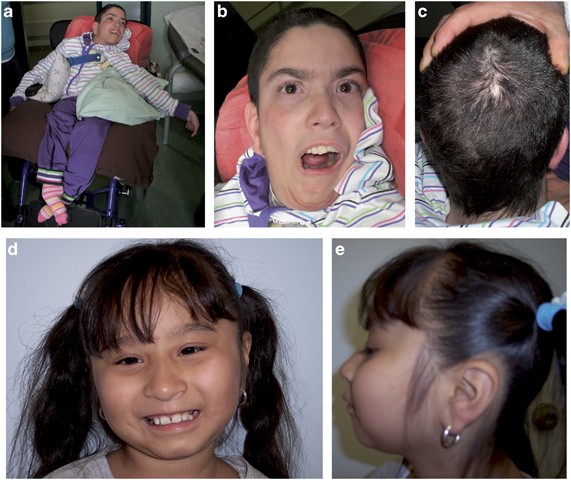






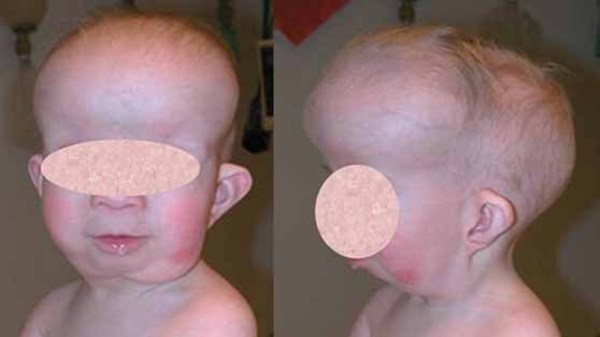

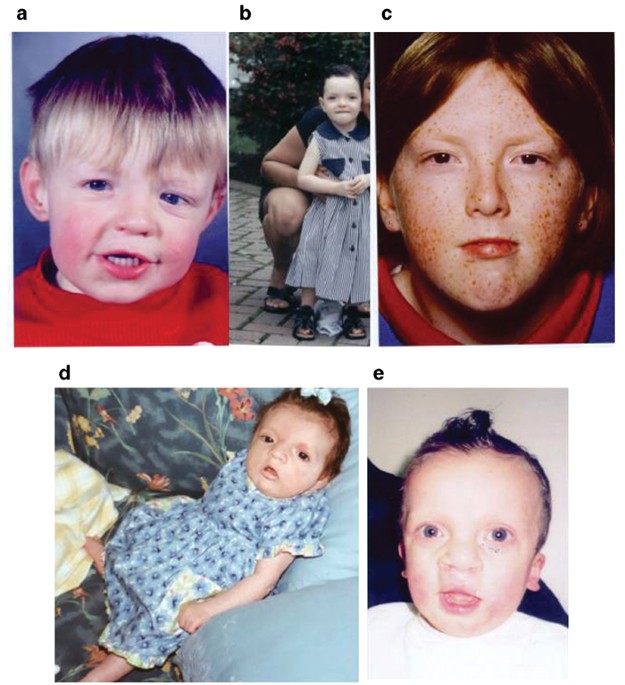



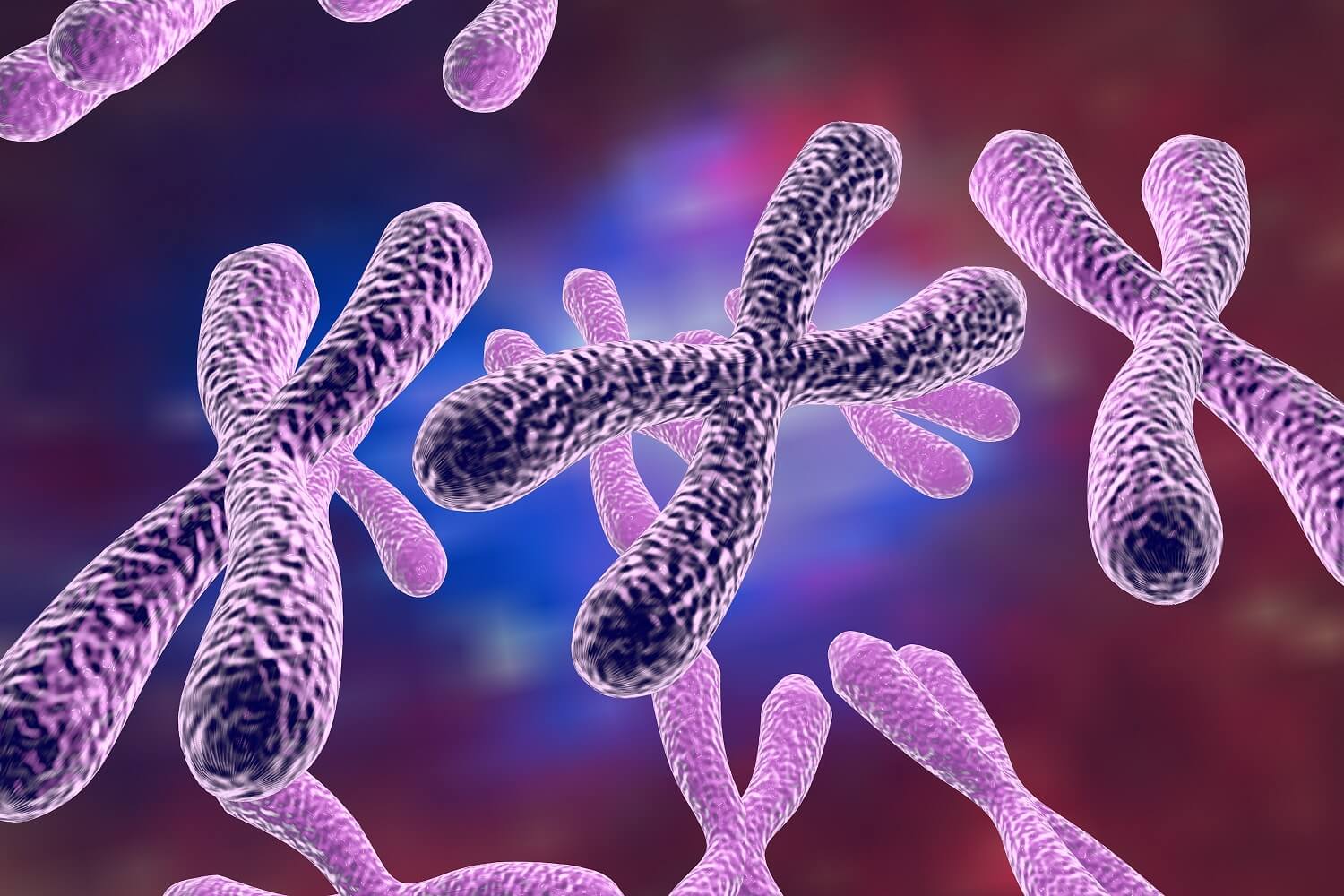

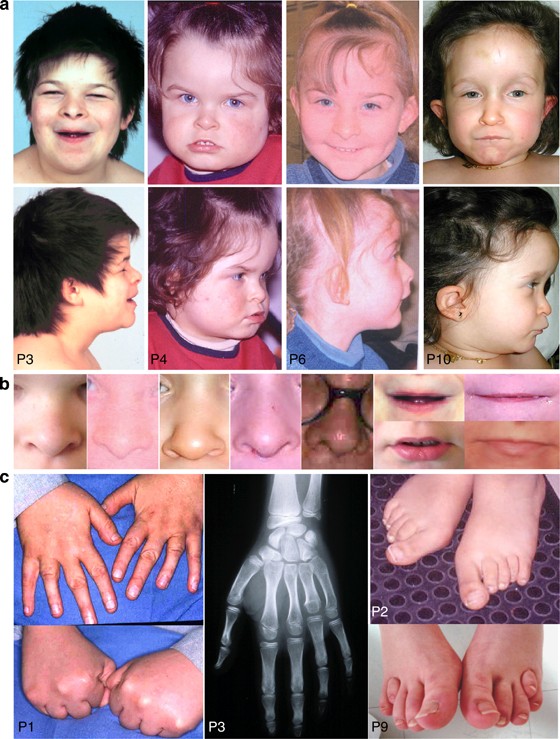
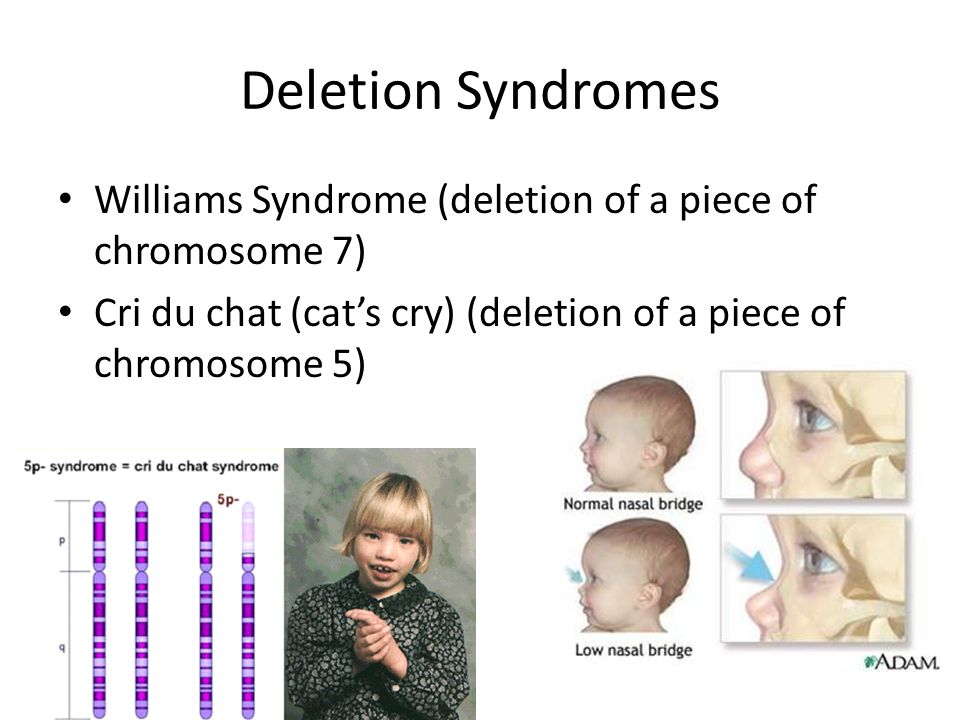



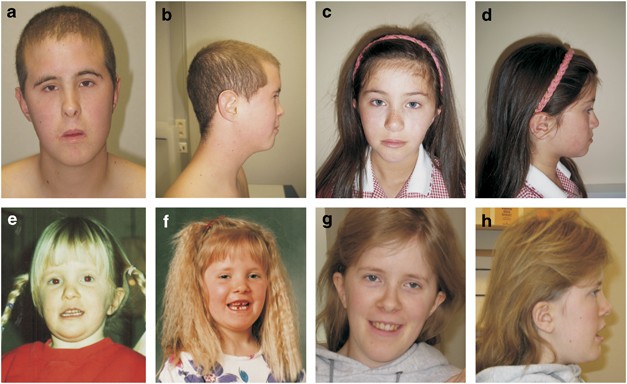





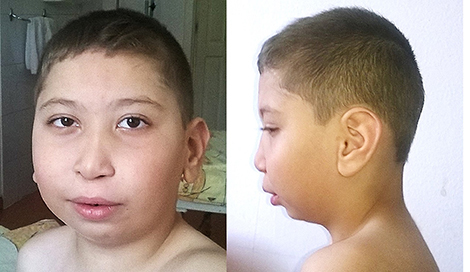


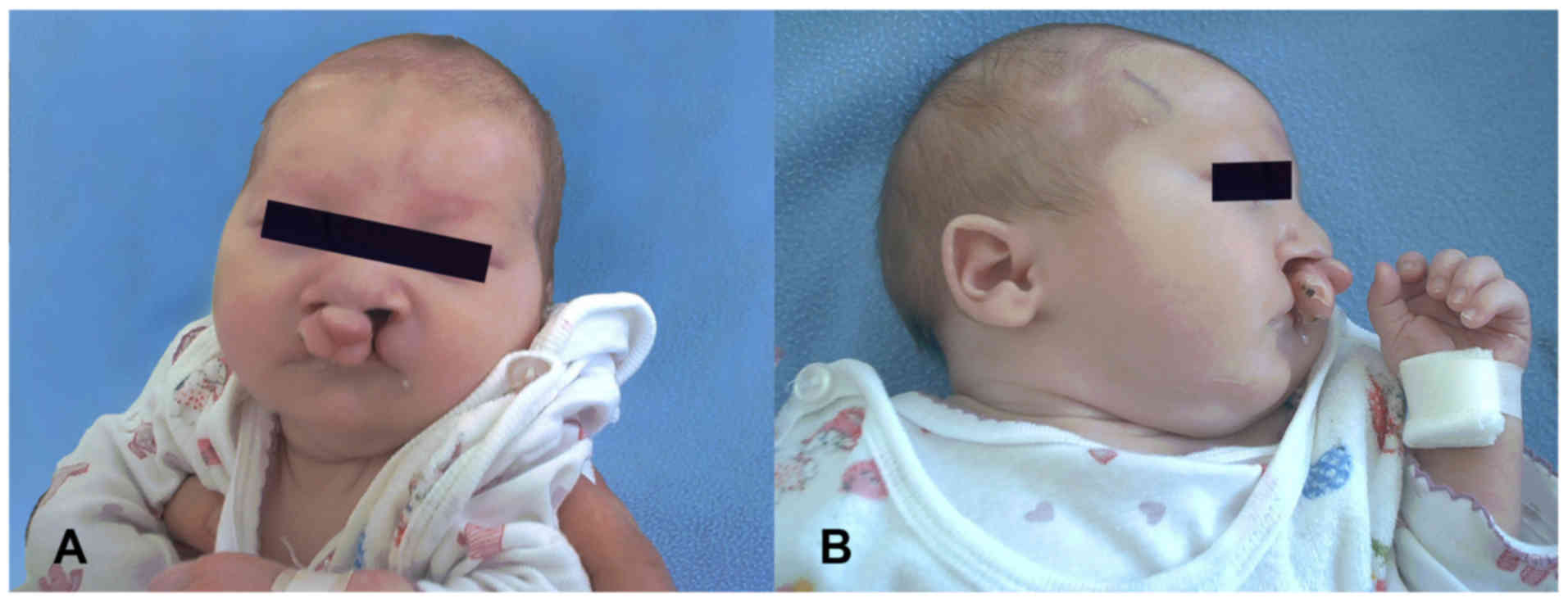
Post a Comment for "Chromosome 19 Deletion Syndrome"